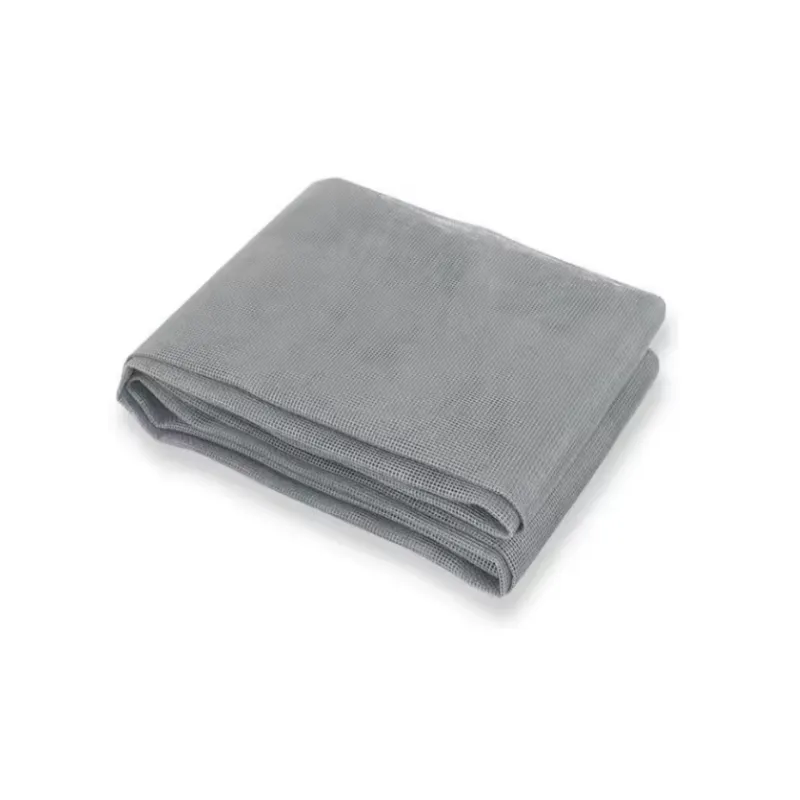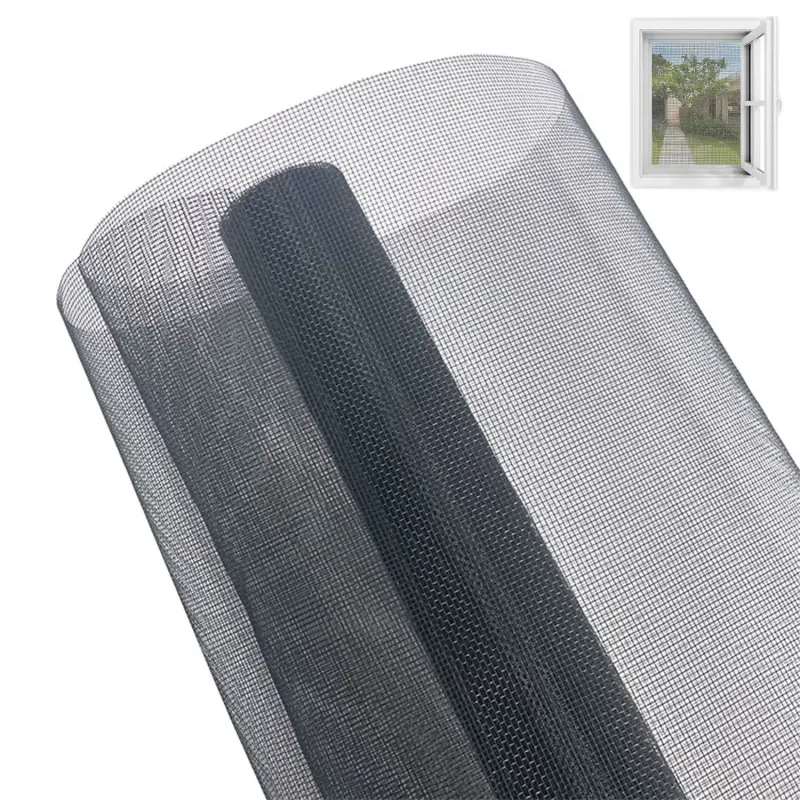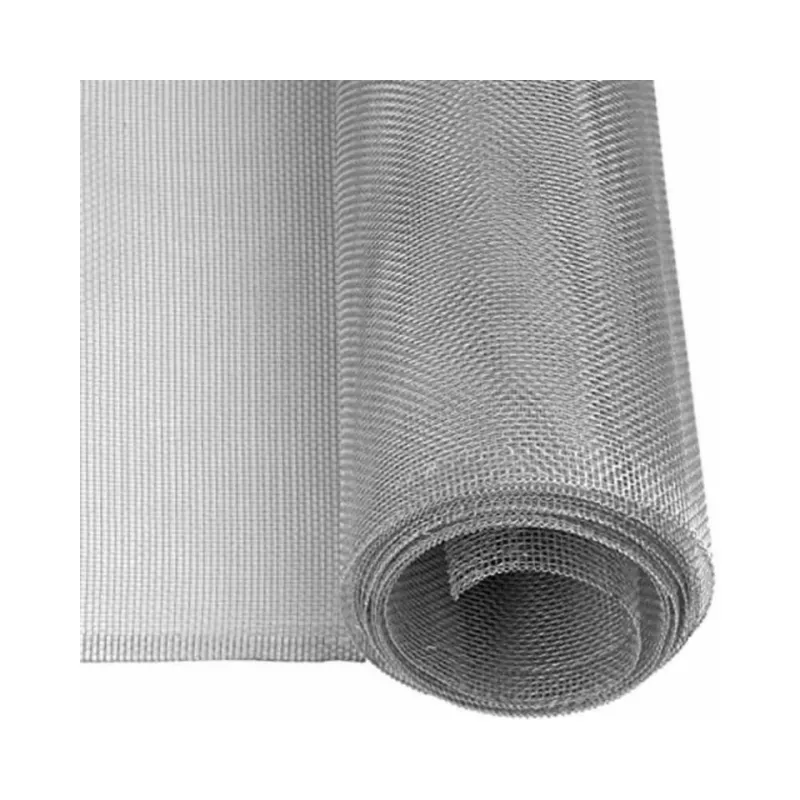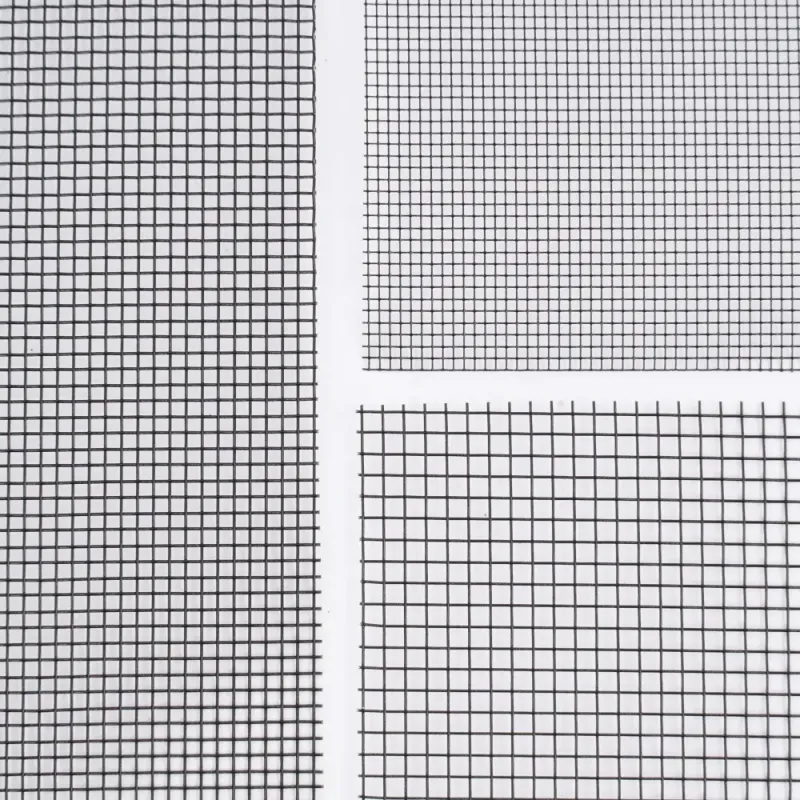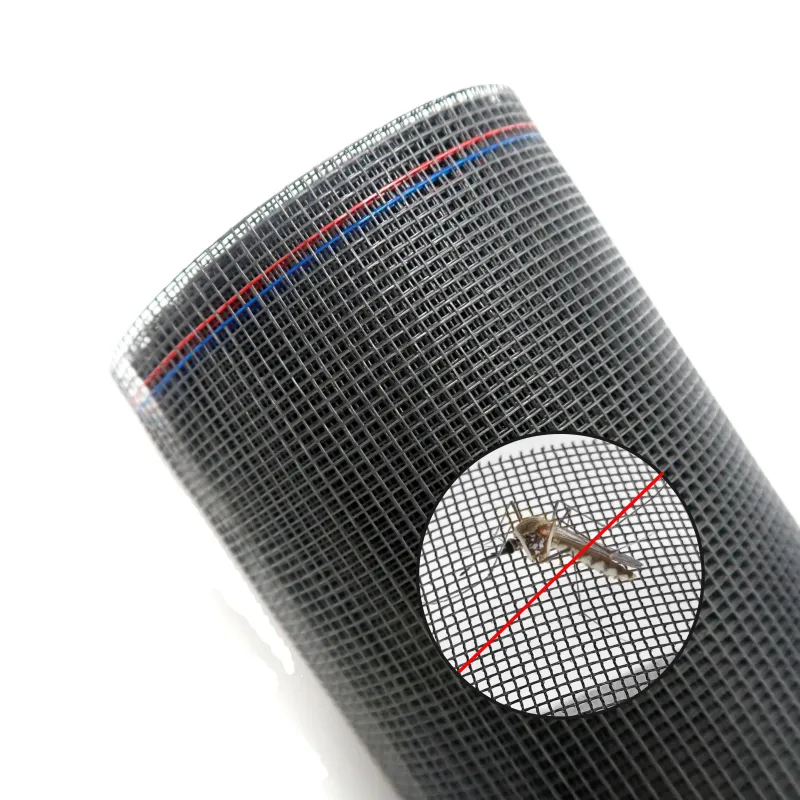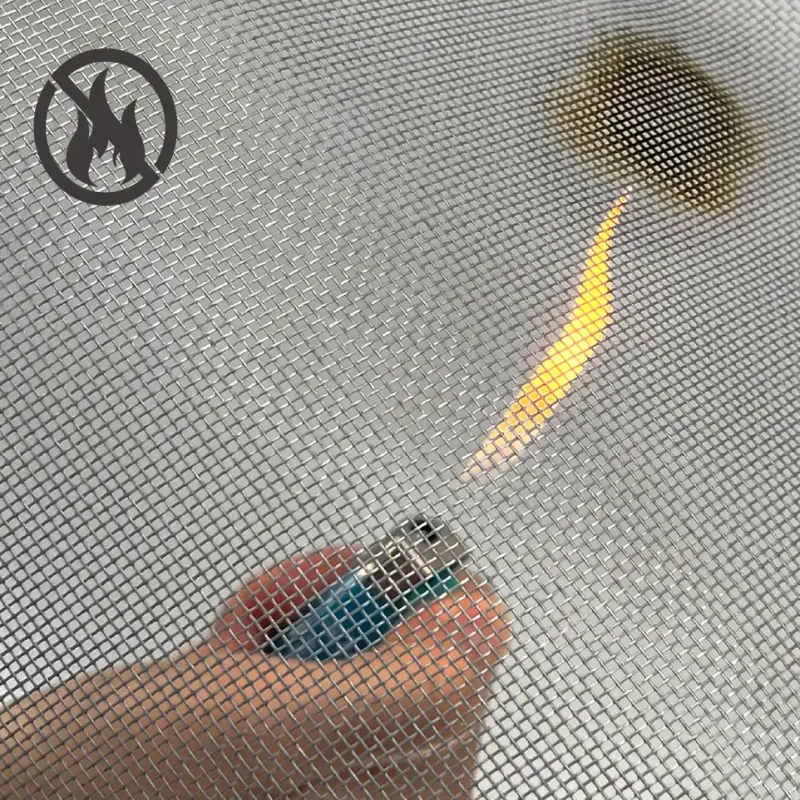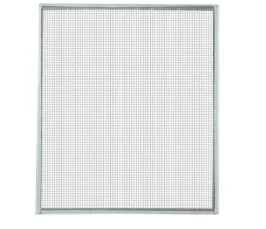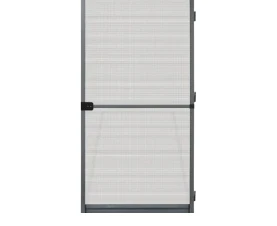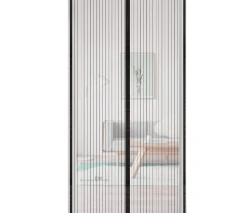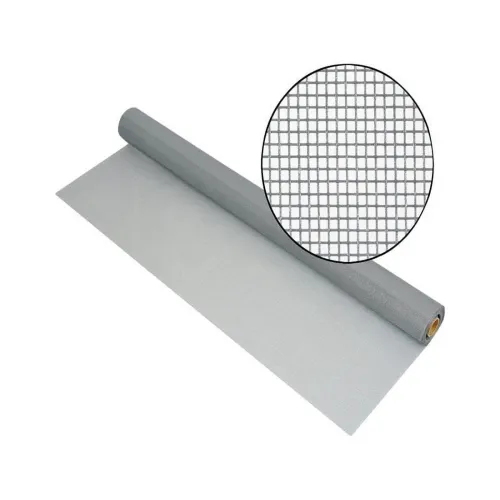
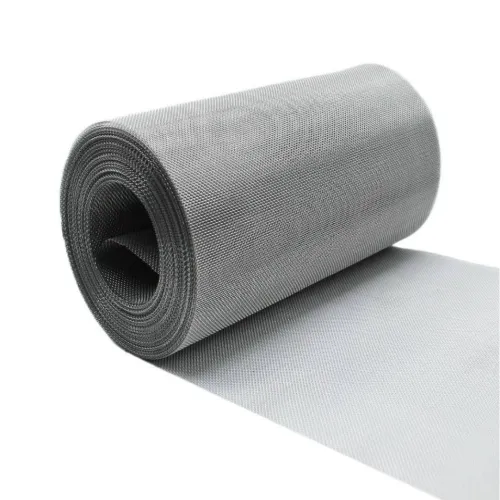
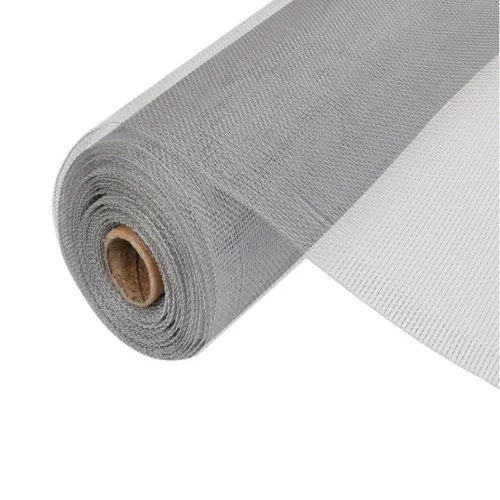
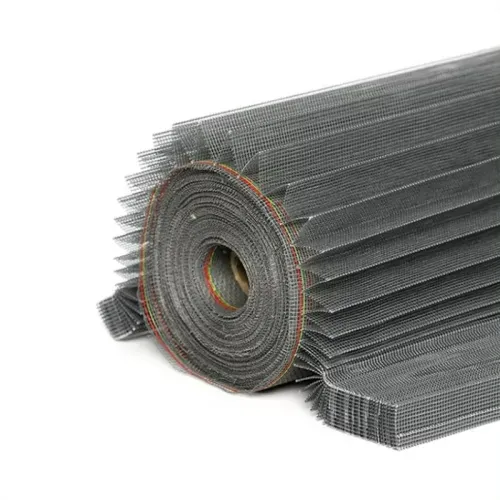
Gray insect screen is constructed from durable materials such as fiberglass, aluminum, or stainless steel, gray insect screens provide a strong barrier against insects like mosquitoes, flies, and wasps, effectively enhancing indoor comfort.
The gray color of the screen offers a modern and neutral aesthetic, blending seamlessly with various architectural styles and exterior color palettes. Its subtle hue not only provides a stylish look but also reduces visibility, allowing for unobstructed views of the outdoors.
These screens are available in a variety of mesh sizes, ensuring that even the smallest insects are kept at bay while allowing for optimal airflow. They are lightweight yet sturdy, making installation and maintenance straightforward.
Many gray insect screens come with a retractable or roll-up design, allowing for easy opening and closing, which is especially useful in transitional seasons when the need for ventilation fluctuates.
Gray insect screens are often treated with UV protection to enhance their longevity and resistance to fading, ensuring they maintain their color and structural integrity over time.
- Visibility:
The gray color provides a neutral tone that minimizes visibility from a distance, allowing for better aesthetics while still keeping insects out.
- Light Filtering:
Gray screens can filter light while maintaining good visibility, making them suitable for patios, porches, and windows where natural light is desired.
- Airflow:
They allow for good airflow while effectively preventing insects from entering, promoting ventilation in homes or buildings.
- Fire Resistance:
Some fiberglass options may be treated for fire resistance, enhancing safety in certain environments.
|
Normal size |
Color |
Single roll size |
1 roll/ctn |
|
0.8*30m |
Silver/Black/Customized |
81*16*16cm |
82*17*17cm |
|
1.0*30m |
Silver/Black/Customized |
101*16*16cm |
102*17*17cm |
|
1.2*30m |
Silver/Black/Customized |
121*16*16cm |
122*17*17cm |
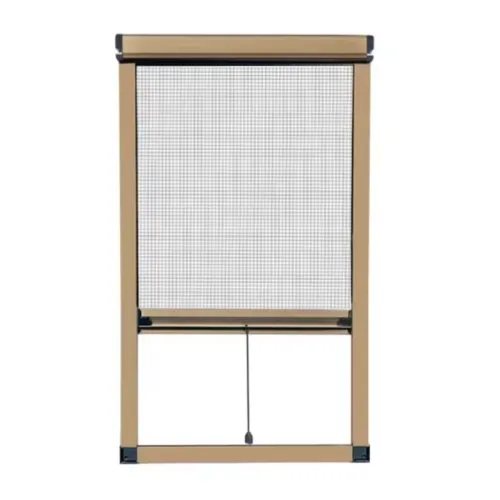
Gray insect screens are versatile and widely used in various applications. They serve as effective barriers against insects while allowing light and airflow, making them ideal for residential windows and doors. Their neutral color blends seamlessly with most architectural styles.
Gray anti insect screens are employed in commercial settings, such as restaurants and cafes, to provide pest control without obstructing views. They are also useful in agricultural environments to protect crops from pests while enabling pollination.
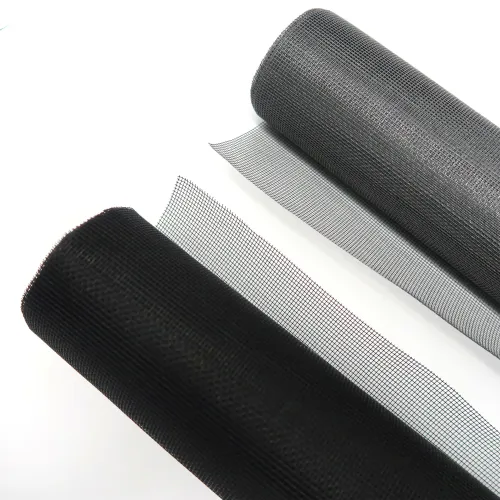
|
Gray insect screen |
||
|
Color and Appearance |
Generally provides a lighter appearance that can blend in with lighter-colored frames and surroundings. |
Offers a more modern look, often preferred for contemporary homes. It can create a sharper contrast with light frames. |
|
Visibility and Transparency |
May be less transparent, which can slightly obstruct the view through the screen. |
Often perceived as more transparent due to the darker color, allowing for better visibility and less visual obstruction. |
|
Light Absorption |
Reflects more light, which can result in a brighter appearance on the inside. |
Absorbs more light, which can reduce glare from the sun, making it more comfortable indoors. |
|
Durability and Maintenance |
May show dirt and dust more readily than black screens, potentially requiring more frequent cleaning. |
Typically hides dirt and stains better, which can make maintenance easier. |
|
Heat Retention |
Reflects some heat, potentially keeping indoor temperatures slightly cooler. |
Can absorb more heat, which might slightly increase indoor temperatures in direct sunlight. |
|
Usage and Preference |
Often chosen for traditional or lighter-colored home styles. |
Frequently used in modern architecture and for windows where aesthetics are a key consideration. |
|
Cost |
The price for gray and black insect screens is generally similar, but variations may exist based on material quality and brand preferences. |
|
|
Material Compatibility |
Both gray and black screens are available in various materials (fiberglass, aluminum, etc.), but the choice of color can affect which materials are more commonly used. |
|
Related NEWS


